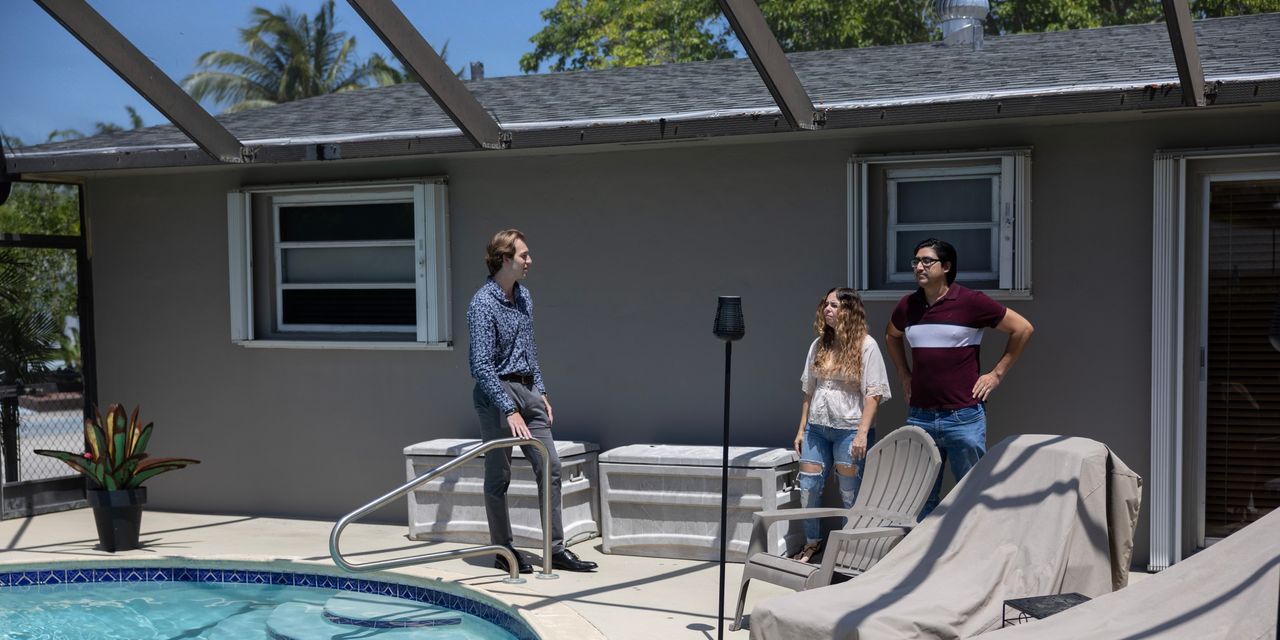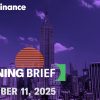The numbers: Home sales inched up for the first time in four months, even as the U.S. housing market continues to deal with a dearth of listings.
Pending home sales rose by 0.3% in June from the previous month, according to the monthly index released Thursday by the National Association of Realtors.
The figure exceeded expectations on Wall Street. Economists were expecting pending home sales to fall 0.5% in June.
Transactions were still down 15.6% from last year.
Pending home sales reflect transactions where a contract has been signed for the sale of an existing home but the sale has not yet closed. Economists view it as an indicator of the direction of existing-home sales in subsequent months.
Big picture: Home sales rose as the housing market contends with excess buyer demand and a shortfall in the supply of homes for sale.
Real-estate agents are looking to home builders to fill the gap as rate-locked homeowners hold out on selling. New-home sales surged in May, and while they lost some momentum in June, the broader trend is still upward.
The prices of new homes, which are generally seen as more expensive, are also coming down. The gulf between the median price of a new home and of an existing home narrowed in June, based on data from the NAR and the federal government.
What the real-estate experts said: “The recovery has not taken place, but the housing recession is over,” NAR chief economist Lawrence Yun said. “The presence of multiple offers implies that housing demand is not being satisfied due to lack of supply.”
The NAR also said it expects rates for 30-year mortgages to average 6.4% this year and to fall to 6% in 2024.
The NAR also expects existing-home sales to fall 12.9% in 2023 from the previous year, to 4.38 million, before recovering in 2024 to a rate of 5.06 million.
The group also expects home prices to hold steady this year, falling only slightly by 0.4% to $384,900, before rising 2.6% next year to $395,000.
“The West — the country’s most expensive region — will see reduced prices, while the more affordable Midwest region is likely to see a small positive increase,” Yun added.
Read the full article here












